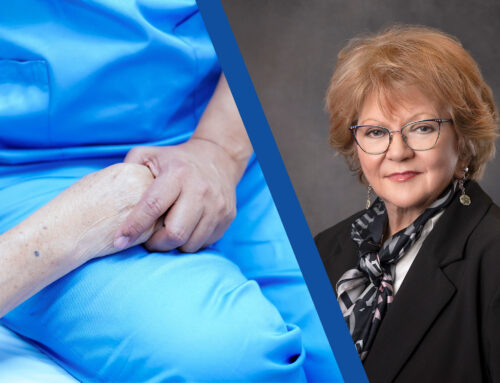Ten myths about hospice care
Misinformation surrounding Hospice Care has created much stigma and uncertainty about it. We want to debunk some myths surrounding it. That way, you’ll have reliable information and facts about hospice care.

Dealing with a terminal disease is much more complicated than we think for the patient and their family. Deciding on hospice care is not giving up; it’s having the strength to ask for help during difficult times.
This statement is not true at all. Hospice Care is a guide and comfort into the end stage of life. Many diseases at the terminal stage no longer give pain to the patient, or other neurological conditions like Alzheimer’s, don’t necessarily provide physical pain to the patient.
Request hospice care

Your hospice partner
We understand that the decision to transition towards end-of-life therapy needs to be taken with utmost care, that’s why we created this helpful blog.



